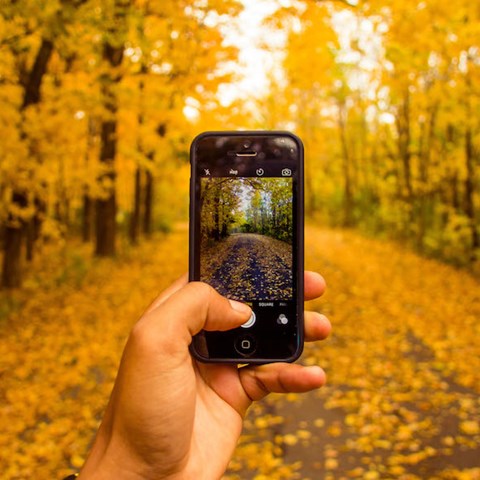Copyright is automatically applied to any work that reaches a level of “originality”. The work should be unique and independently created.
Copyright is sub sectioned into:
- Economic rights – you have the right to control how your work is distributed, published, sold etc.
- Moral rights – you have the right to be named as the author of your work, as well as to oppose any improper use of the work.
Economic rights can be transferred to someone else (e.g. a publisher) by contract. The moral rights, however, cannot be transferred to another party.
Copyright restriction is time limited
The copyright applies until 70 years after the creator has died. Photographs are an exemption: if they’re not unique or original they are protected for 50 years only.
How to follow copyright rules
Be aware of potential copyright restrictions when you use illustrations
If you want to cite an illustration, but not show it in your work, you can cite it as you would a written text. You do not need the copyright holder’s permission. As a user, you have the right to quote and reference other people’s work. You may use the information given in an illustration, for instance numbers in a chart, if you cite the source.
However, if you want to show someone else’s picture, chart or figure in your work you need the copyright holder’s permission. Another option is to use a copyright free illustration.
Get permission
To obtain permission you should contact the copyright holder or the publisher (whoever has the economic right to the work). The permission does not need to comply with any set standards; it can be oral or in writing. If possible, save the permission!
If you’re looking for permission to use for instance a figure from a scientific publication you can sometimes find a designated link in the electronic version. It takes you to an application form where you can give the reasons you have for wanting to use the work.
You need to state in your work that you have permission to use the illustrations. One way of doing that is to write the following at the beginning of your paper or thesis:
All illustrations are published with permission from the copyright holder(s).
You can also state that you are the copyright holder to all illustrations:
The illustrations are created by the author, unless otherwise indicated.
Creative commons
Creative Commons (CC) is an international organization that works to simplify legal distribution and use of creative work online. Creators can use Creative Commons licenses to clearly state how others are allowed to use their work. If you find a picture with a Creative Commons License that allows usage and sharing under given conditions, you don’t need to obtain any extra permission from the copyright holder.
Read more
